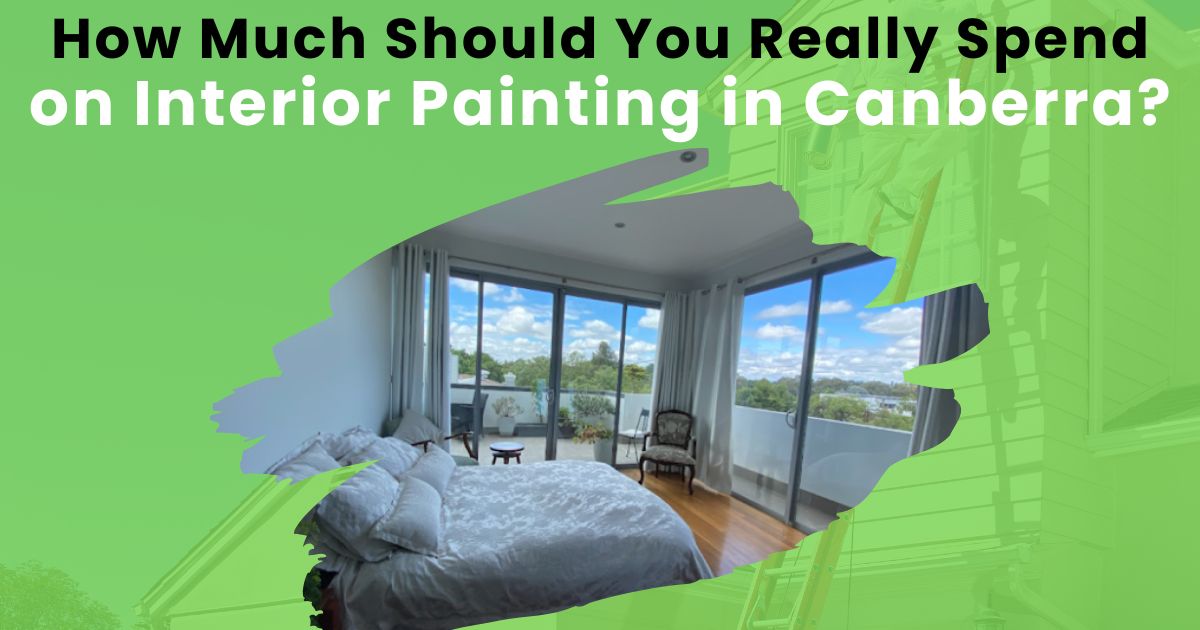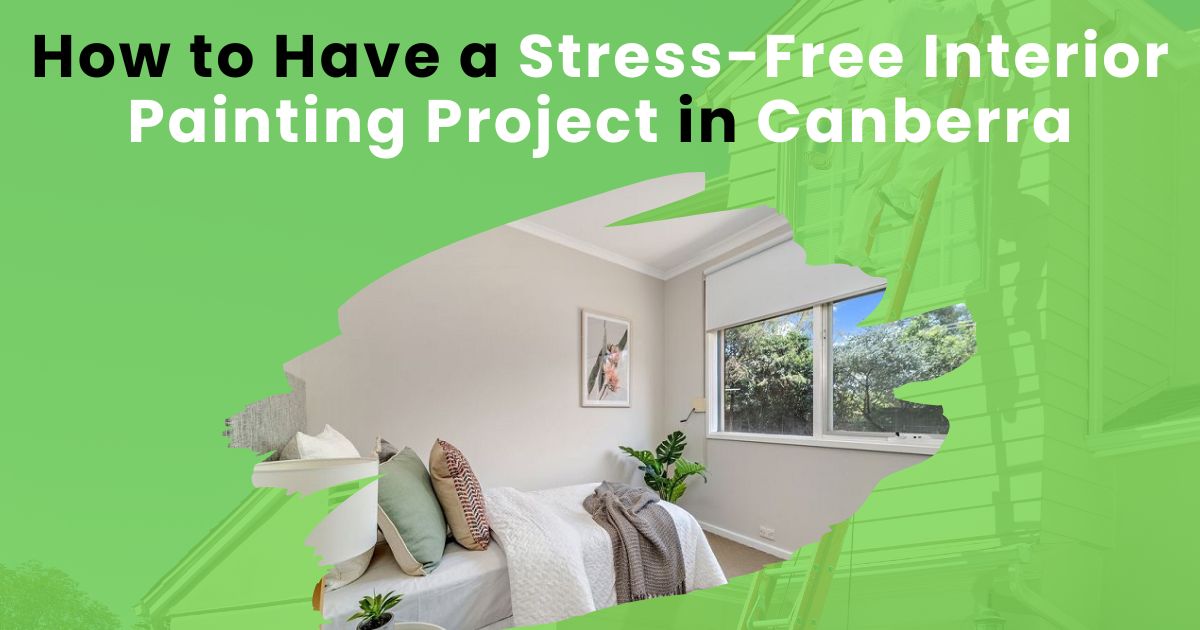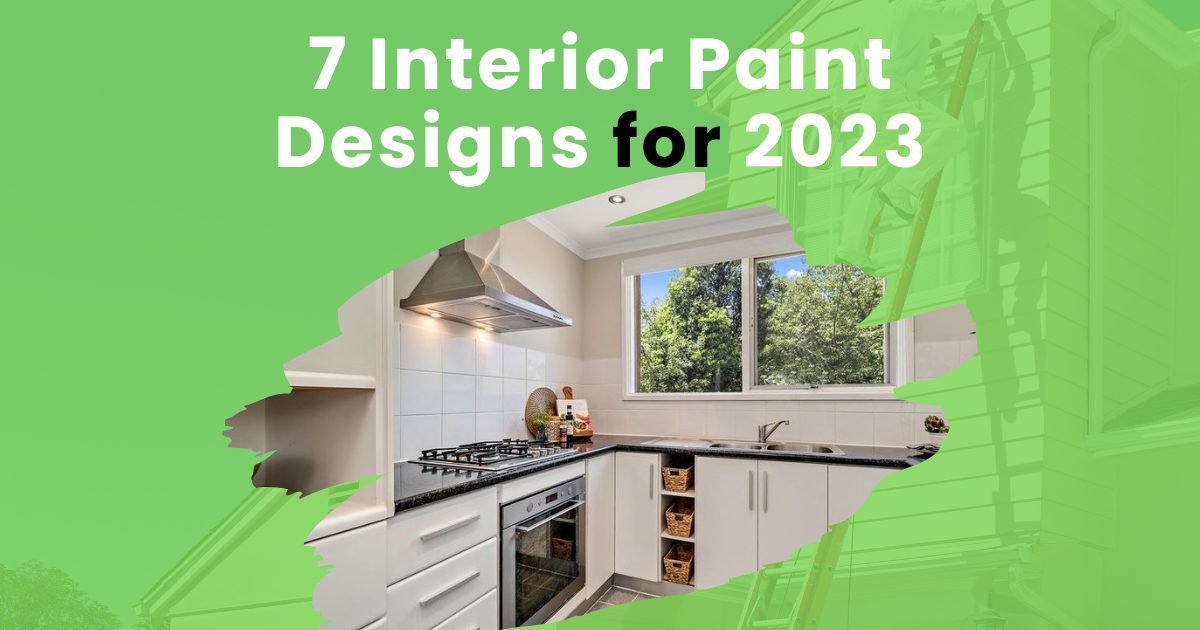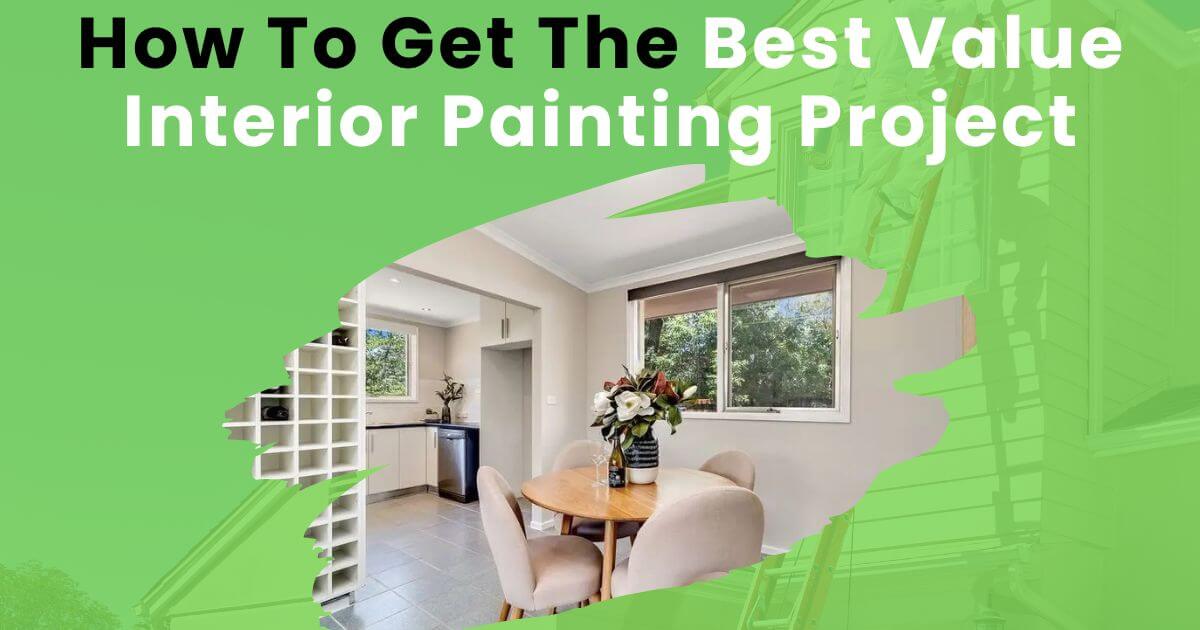Are you considering giving your home or business a fresh look with a fresh coat of paint?
If you’re in Canberra, you might wonder how much you should spend on interior painting. While the cost can vary depending on several factors, it’s crucial to understand what to expect.
In this blog post, we’ll explore the average costs of interior painting in Canberra and provide tips for getting the most value out of your investment.
Interior painting costs in Canberra are influenced by various factors that homeowners should consider before undertaking a home makeover project.
Here are eight factors influencing the cost of interior painting in Canberra:
Size of the Area:
The space size significantly influences the interior painting cost in Brisbane for a few straightforward reasons.
- Firstly, a larger area requires more paint to cover the walls comprehensively. The cost of paint itself can add up quickly, especially if you opt for high-quality brands that promise durability and a better finish.
- Secondly, a bigger space means more time and effort from the painters. It’s not just about the square metres that need painting; it’s also about the intricacies of painting larger or more complex spaces. These include higher ceilings, detailed trim work, or the need to move more furniture and protect more surfaces, which can extend the time needed to complete the project.
In Canberra, the cost of painting a small interior using high-quality or environmentally friendly paints can vary significantly based on several factors, including the size of the area to be painted, the condition of the walls, and the specific brand and type of paint chosen. Generally, you should pay anywhere from $2,500 to $5,500 for a small space, with the average cost around $3,500.
In essence, the larger the room or house, the more resources in terms of materials and labour are required, and therefore, the higher the overall cost of the project.
Quality of Paint:
The quality of paint significantly influences the outcome of interior painting, impacting both the appearance and durability of the painted surfaces. High-quality paints possess better pigmentation, offering richer colour depth and uniformity that enhances the overall aesthetic of a room.
Good-quality paint brands are formulated to adhere more effectively to surfaces, reducing the chances of cracking, peeling, or fading over time. This ensures the paint job’s longevity, making it a cost-effective choice in the long run due to fewer repaints.
In terms of resilience, premium paints are more resistant to stains and more accessible to clean, maintaining their pristine look for longer.
In Canberra, Australia, several reputable paint brands are known for their quality, including:
- Dulux is a leading name in painting and is renowned for its wide range of colours and durability.
- Taubmans: Offers innovative paint solutions with long-lasting finishes.
- British Paints: Known for its reliable quality and excellent coverage.
- Resene: A brand that provides eco-friendly paint options without compromising on quality.
Type of Paint:
The selection of paint is a pivotal factor in determining the overall cost of painting an interior space in Canberra. Different types of paint have distinct characteristics and benefits that can significantly impact their price.
The choice between matte, gloss, or satin finish, for instance, can affect the appearance and durability of the painted surface. More specialised functionalities, like anti-mould properties or paints designed for high-humidity areas, can also contribute to a price increase. While these features sometimes boost the upfront cost, they offer long-term savings through reduced maintenance needs and enhanced longevity of the paint job.
Here are the types of finishes and what they are best for:
Matte finishes absorb light, providing a non-reflective surface that hides imperfections well. This makes them ideal for walls and ceilings with minimal glare and a sophisticated, understated look.
Gloss finishes, however, are highly reflective, making them perfect for areas that require easy cleaning or where you want to highlight architectural details, such as kitchens, bathrooms, and trim work.
Satin finishes occupy the middle ground between matte and gloss, offering a subtle sheen that’s easier to clean than matte but less shiny than gloss, making it suitable for high-traffic areas like living rooms and hallways.
Additionally, environmentally friendly or low-VOC (volatile organic compound) paints, better for health and the environment, are more expensive than traditional options. Thus, choosing the right type of paint affects the aesthetic outcome and plays a crucial role in budget considerations and the overall value of the painting project.
The Job’s complexity
When a job involves special finishes or techniques, such as unique paint effects or intricate design details, it demands a higher level of skill and more precise work from the professionals handling it. These requirements often mean the job takes longer to complete, as each step must be carried out with outstanding care to achieve the desired outcome.
Special effects that add more time to the painting job are but are not limited to:
- Metallic Finish: Metallic paints add a shimmering effect to walls, creating a luxurious and sophisticated atmosphere in the interiors. Ideal for feature walls, this finish reflects light, adding depth and texture.
- Chalkboard Paint: Transforming walls into writable surfaces, chalkboard paint is perfect for kitchens, children’s rooms, or creative spaces. It encourages interaction and creativity, providing a functional yet stylish element.
- Marbling Effect: Achieve the look of natural stone with marbling techniques. This effect adds elegance and a sense of grandeur to interiors, mimicking the intricate patterns found in marble.
- Suede Effect: Suede paints create a soft, textured surface that resembles the feel of suede fabric. This finish adds warmth and a tactile dimension to rooms, making them feel cosier.
- Glazing: A glaze finish involves applying a transparent or semi-transparent layer over a base coat of paint, creating depth and variation in colour. It’s perfect for adding character and an aged appearance to walls.
These techniques require specialised tools or materials, which are more expensive than those used for regular painting jobs. These factors contribute to an increase in the overall costs of completing the job, reflecting the extra time, skill, and resources needed.
Condition of Walls
Before applying paint to a standard-sized interior, professional painters typically spend significant time preparing surfaces. This preparatory phase is crucial for achieving a high-quality finish and often involves smoothing out walls, filling holes, and sanding surfaces.
On average, the process can take anywhere from 1 to 2 days, depending on the walls’ condition and the prepared area’s size. This meticulous preparation ensures the paint adheres properly and produces a smooth, flawless finish.
The condition of your walls plays a crucial role in determining the job’s overall cost. Essentially, walls not in tip-top condition require more preparatory work before painting begins.
For instance, walls with cracks, holes, or uneven surfaces must be patched, sanded, and primed to ensure the paint adheres properly and looks its best. This preparatory work is time-consuming and necessitates additional materials and labour, naturally increasing the cost of the painting project.
In contrast, walls that are already smooth and in good condition require less prep work, making the painting process quicker and less costly.
Height and Accessibility
When dealing with high ceilings or areas that are difficult to access, there’s more to consider than just the aesthetics. These spaces often need special equipment like ladders or scaffolding, and extra safety precautions must sometimes be taken.
Special training in ladders and scaffoldings is crucial to ensure safety when painting high areas inside a home. This includes understanding how to securely position and stabilise ladders, the correct way to ascend and descend, and the importance of maintaining a three-point contact.
Training on safe assembly and scaffolding provides knowledge on guardrails, toe boards, and other safety features to prevent falls. Knowledge of personal protective equipment (PPE) such as safety harnesses, helmets, and non-slip footwear is also essential. Such training ensures the safety of the individual performing the task and enhances the quality of work by providing a stable platform for painting activities.
This isn’t just about ensuring the job can be done; it’s also about doing it safely. Naturally, this can affect the overall cost of a project. In simple terms, the more challenging it is to reach space, the more time and resources it will take to work on it.
Painter’s Experience and Reputation
The cost of hiring a painter can significantly vary, and a key factor is the painter’s experience and reputation. Seasoned professionals usually charge more because they bring knowledge, ensuring the job is done with superior craftsmanship and reliability.
Expert painters’ proven track record, skills honed over the years, and reputation for reliability and quality work justify their higher rates. In simpler terms, you’re not just paying for the painting job itself but also for the peace of mind that comes with knowing the work will be completed to a high standard. This is where Fluid Painting Solutions, led by Gabriel De Vries, comes in.
Timeframe
When you need the painting job done quickly, it usually costs more. This is because painters must prioritise your project, requiring them to work extra hours to ensure everything is done on time. Think of it as a ‘fast track’ fee to ensure you get what you need when you need it without compromising on the quality.
Painting jobs completed without haste is less costly because it allows for more efficient planning and resource allocation. Urgent projects often necessitate overtime work and expedited material procurement, leading to higher labour and material costs to meet the expedited timelines.
Given the various factors influencing interior painting costs in Canberra, the price for a standard-sized interior can vary widely. However, on average, homeowners expect to pay between $3,000 and $10,000 – without extra effects or finishes, and the timeframe is based on the standard pace. This estimate includes labour, high-quality paint for multiple rooms within a standard Australian home, and minor surface preparations.
It’s important to note that this range is indicative, and actual costs may vary based on the project’s specific requirements, including any unique finishes, the condition of the interior surfaces, and the timeline for completion.
For the most accurate pricing, contact Gabe at Fluid Painting Solutions.





